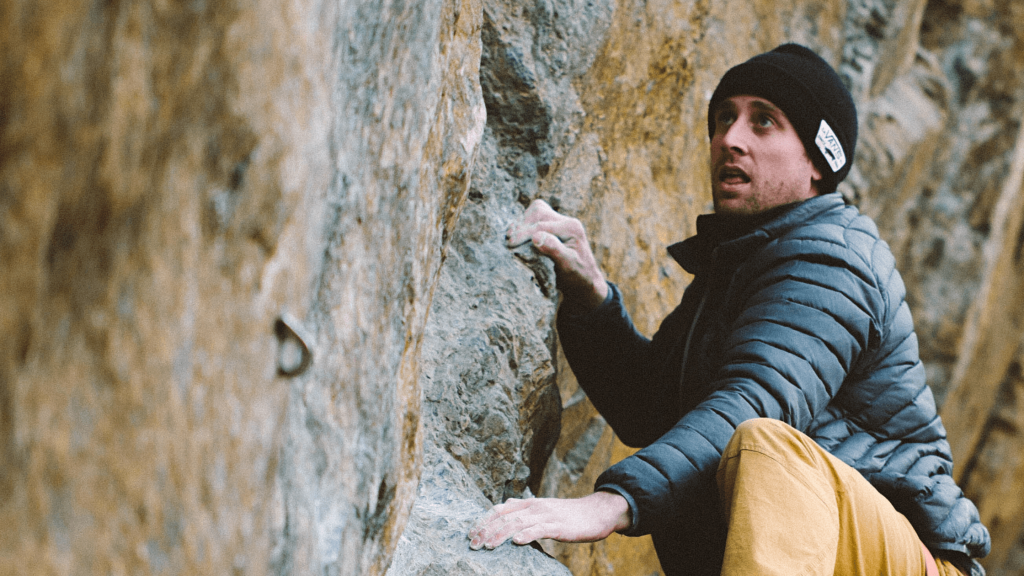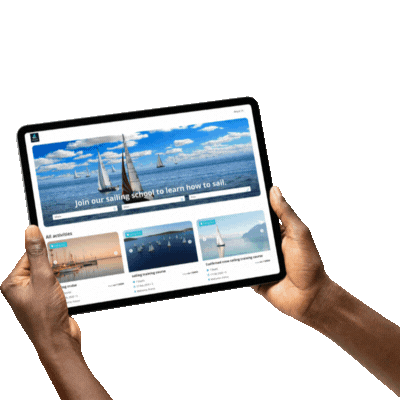Have you ever sat by the water, watching the fishermen work on a net to make it perfect to catch some fish? The repetitive process of removing the nets, repairing worn-out strands of nylon, clearing all lines, is almost meditative.
Well, SEO is something akin to fishing! Imagine the Internet is a whole big ocean, the fish – your customers. There are a whole lot of fishermen – your competition, vying for the same fish you are. A big differentiating factor in this scenario becomes the kind of net the fishermen are using to catch the fish, and in this case, the net is your keywords and SEO. The better your net, the more fish you catch.
While it is a complicated web (#punlife) to navigate through, we will try and break things down into simple chunks of information with this blog series – The Ultimate Guide to Tours and Activity SEO
We start by understanding some of the terminologies used in SEO:
Terminologies:
SEO – Search Engine Optimisation:
The process of making your website and content easy for search engines like Google to read and index. The better the SEO, the higher your website/content will rank in the search results when your potential customers search.
This is the quality of the net you cast out in the ocean. The better the net, more the fish.
Keywords:
Keywords are the specific words or strings of words that Google will identify your page with. So, when people type a search query into the search field on Google and other search engines, the search engines go through the keywords to determine which page would best answer this search query.
Example – If I have a business of lollipops, and I write some content with the keyword “Best lollipops on Mars”. Now if someone puts in words like “Best lollipops on Mars” or “Lollipops on Mars”, my page will come in as a search result. If I have optimised for search engines, my page will come up higher in search results.
Meta Title:
Meta title is the Heading of all the search results on any search engine.
Meta title helps in 2 ways –
- It adds to the optimisation of your page for the keyword. You can add the particular keyword for your page in the title to optimize the page.
- It helps potential customers differentiate between which links to click on.
Example (this is from an actual search result, with the names changed) – If there are 2 search results
1. “Best Paragliding in Minas Tirith – Aragorn’s Paragliding Center”
2. “Paragliding – Gondor – 5 mins/10 mins/15 mins”
Which one would you be more likely to click on?
Meta Description:
Meta description is the part below the Title, that describes what your page is about in detail.
Meta description helps you in giving out a preview of what your page is about, which helps customers in making the decision between clicking on your page vs. someone else’s.
Meta Description with the keyword helps with SEO as well.
Sitemap:
Sitemap is exactly what it sounds like – a map for your website. The sitemap gives the search engines a structure of all the pages, its keywords, and other relevant details. These details help search engines by reducing the time required for the algorithm to read through your website and decide what it is about and where it should be placed. Having a structured sitemap also helps with the SEO by reducing the time it would take for search engines to index your site and by letting you control when and what the search engines index on your site.
Search Engines:
Search engines are websites like Google, Bing, Yahoo, DuckDuckGoGo that provide answers from all over the internet, to the questions that the users type for. They do this by indexing the entire interweb data based on the type of content they have, with a powerful web crawler. The efficiency of a search engine is determined by the quickest and the most relevant answer they provide to any question.
Alt Text:
Alt text is the keywords for photos. Since search engines can’t look at photos and identify what the image is about, they use “Alt Texts” to identify the image and categorise them.
Anchor Text:
Anchor text is the word/words that you want to link to some other page/website.
Example – the “click here” in the click here you use to get people to go to some other page would be the anchor text.
These are just some of the basic terms, that one needs to know before we do a deep-dive into SEO.
Stay tuned for part 2 of the 4 part series on keywords, where we go through some of the common questions people have about keywords.
Need help to grow your tour business?
He dons many hats. Professionally committing towards marketing, operations, product management, and business strategy skills while also being a hands-on scuba diving instructor. He approaches each problem with a leveled mind of an optimist. His taste in music and food is very specific and he enjoys a healthy work-life balance.








